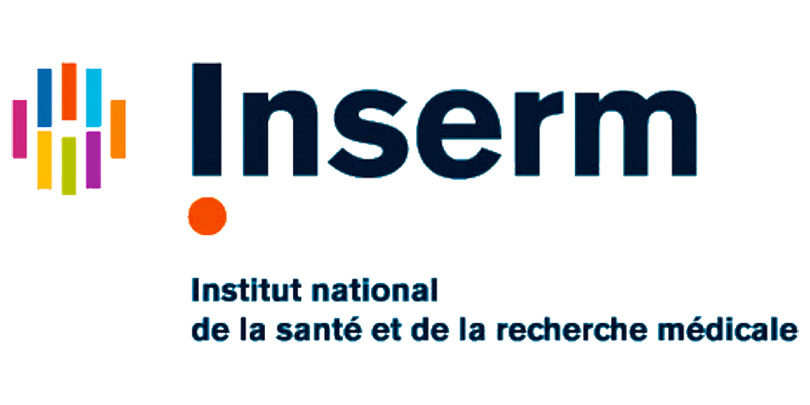vNOTES for Ovarian Drilling: A New Minimal Invasive Technique
Résumé
Study Objective: To show a new mini-invasive surgical technique of ovarian drilling and fertility workup using transvaginal natural orifice transluminal endoscopic surgery (vNOTES). Design: Stepwise demonstration of the technique with narrated video footage. Setting: Ovarian drilling is a surgical technique for patients with dysovulatory polycystic ovary syndrome. The aim of this technique is to destroy 5% to 10% of the ovarian cortex to restore spontaneous ovulation. Drilling is proposed as a second-line treatment in case of failure of treatments with clomid, metformin, or letrozole. The Cochrane 2020 review shows that drilling has the same pregnancy rate as the other second-line treatment: stimulation with gonadotropins [1]. After ovarian drilling, the results show 80% of spontaneous ovulation within 3 months and 50% of spontaneous pregnancy within a year; these results are effective in the long term [2]. The techniques used until now were either classic laparoscopy or transvaginal hydrolaparoscopy, which is currently not feasible owing to the cessation of the kit [3,4]. We present to you a new surgical technique: ovarian drilling by vNOTES. This new technique is minimally invasive, without scarring on the abdomen, and very well tolerated. It allows simultaneous ovarian drilling and fertility workup with assessment of tubal patency and uterine cavity by hysteroscopy. It is recommended to use bipolar energy to reduce ovarian lesions and limit the risk of adhesion [5]. Interventions: Transvaginal laparoscopic ovarian drilling is a minimally invasive surgical technique using a vNOTES kit from Applied Medical (Rancho Santa Margarita, CA), a hysteroscope of 5 mm with an operating channel from Delmont Imaging (La Ciotat, France), and a bipolar spring electrode, Versapoint from Olympus (Hamburg, Germany). The key steps to perform this surgery are as follows: 1. Perform a diagnostic hysteroscopy with vaginoscopy 2. Perform a posterior colpotomy 3. Introduce the Alexis retractor into the Douglas and place the GelPOINT with 2 sleeves 4. Introduce the hysteroscope into the pelvic cavity with serum saline, using a pressure of approximately 150 mm Hg 5. Drill approximately 10 holes on each ovary using the bipolar electrode 6. Explore the pelvic cavity with the possibility of performing a blue test for tubal patency 7. Suture the posterior vagina Conclusion: Ovarian drilling is a surgical treatment proposed after the failure of first-line treatments in polycystic ovary syndrome to obtain long-term spontaneous ovulations. The development of minimally invasive techniques such as vNOTES will highlight this treatment and allow it to be performed easily and with minimal adverse effects on patients, especially in bariatric women for whom the vNOTES technique provides easier access to their pelvic cavity than abdominal laparoscopy.


